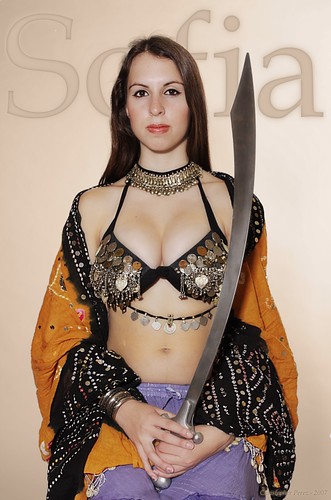I recently finished leading a three day photographic studio lighting workshop. It was kindly hosted by WICE, a leading Paris-based anglophone ex-pat community organization and held in their offices near metro stop la motte piquet grenelle.
It was good to see the students take to the course like ducks to water. They came away with what I felt to be impressive work.
What I'd like to do with this post is archive the lighting setup and email communications from Day One.
A few comments about this lighting setup are likely required. You see this approach taken by users of ring flash. The shape and form of the subject reflects light in a way gives the image a sense of depth.
As William Mortensen wrote in his 1931 book on "Pictorial Lighting", this kind of light was used in christian religious "icon" (hence the name) art for hundreds of years before the on-set of the renaissance period. It is the lighting style you see in much of the poster art from Paris during the late 1800's into the early 1900's. Take a look at Alphonse Mucha's art and you can perhaps see what I mean.
Here is an image I made years ago that illustrate the value of using this kind of light. Note that light bounced back to the camera on the surfaces directly facing the lens, and that light bounces away from the camera along surfaces facing away from the lens. There is little to no shadow and the edges of the subject have a dark outline when done correctly.

The following is a copy of the email I sent at the end of Day One's work.
Paul Buff Einstein 640 gear is rather expensive in Europe, but it's quite good and a little cheaper if you can get it in the States and bring it back with you. It's already 110vc - 240vc capable.
It was good to see the students take to the course like ducks to water. They came away with what I felt to be impressive work.
What I'd like to do with this post is archive the lighting setup and email communications from Day One.
A few comments about this lighting setup are likely required. You see this approach taken by users of ring flash. The shape and form of the subject reflects light in a way gives the image a sense of depth.
As William Mortensen wrote in his 1931 book on "Pictorial Lighting", this kind of light was used in christian religious "icon" (hence the name) art for hundreds of years before the on-set of the renaissance period. It is the lighting style you see in much of the poster art from Paris during the late 1800's into the early 1900's. Take a look at Alphonse Mucha's art and you can perhaps see what I mean.
Here is an image I made years ago that illustrate the value of using this kind of light. Note that light bounced back to the camera on the surfaces directly facing the lens, and that light bounces away from the camera along surfaces facing away from the lens. There is little to no shadow and the edges of the subject have a dark outline when done correctly.

The following is a copy of the email I sent at the end of Day One's work.
Thank you to everyone who
participated in the first day of our photographic lighting workshop.
I'm seeing some really nice work by each of you. Well done!
Ahead
of sending out next week's images to consider, I thought it might be
helpful to share links to the lighting equipment and backdrop setups.
I use Elinchrom BX 500 Ri equipment. A two light system with stands, softboxes, and RF trigger is around 1200Euro. I purchased my setup from ProPhoto right here in Paris.
Paul Buff Einstein 640 gear is rather expensive in Europe, but it's quite good and a little cheaper if you can get it in the States and bring it back with you. It's already 110vc - 240vc capable.
However,
please note that the last setup we worked with today, and everything
we'll do from now on, can easily be accomplished for less money and the
equipment same reliability. You can use Canon, Nikon, or Sigma flash units on aftermarket tripods, remote hot shoes, umbrellas, and triggered using manual aftermarket RF controllers.
I spoke a fair amount about how lighting can "chop" up a subject when used in a way I feel is less than flattering. Here is a one example (the dark areas around the nose don't make sense to me). Here is a second example
(just look at the way the white lace is "blown out" and draws the eye
to it, regrettably away from the sweet face). The fashion photography
industry, of course, is filled with such examples.
As
for the books that set me on the course I'm now taking in my own work,
William Mortensen's early books on photography have been indispensable. Pictorial Lighting is by far my favorite book on the subject of light control. It's, for me, a foundation work. A book of problems of posing is
very useful in understanding common posing problems and how to solve
them. We'll get more into this next week when we start work on
Rembrandt's use of light.
If
you have any questions (if I missed something or if something came up
for you afterward), please let me know. Until next week, have fun with
photography! Oh. Wait. I'll forward the images soon. You, of course,
can still have fun with photography, right? :-)
Regards - Christopher Mark Perez
No comments:
Post a Comment